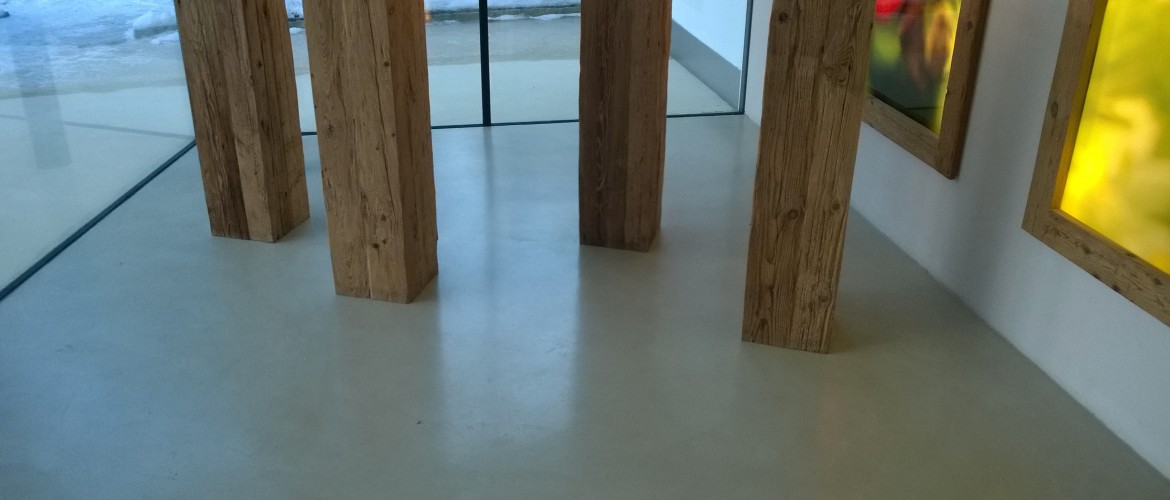DESCRIPTION AND FIELDS OF APPLICATION
Two-component water-based acryl-isocyanate (polyurethane) varnish, for the protection of surfaces, even indoor and outdoor painted surfaces; version with higher cross-linking than the normal versions (DUALENE AIC TRA W), for uses where higher resistance is required, even for occasional contact with aggressive substances (alcohol, perfume, nail polish acetone, wine, oil). Thanks to its characteristics, it is used as a protective layer in environments such as bathrooms and kitchens.
Used as a protective waterproofing treatment for lime finishes in direct contact with water (bathrooms, shower stalls), it is necessary, after adequate curing of the mineral finish, to apply an acrylic sealer before the paint (direct contact with strongly alkaline substrates may cause the emulsion to break down). Available in glossy L (70 gloss), satin S (30 gloss), and matte O (<10 gloss).
MAIN FEATURES
Used as a protective varnish, this product provides resistance to abrasion by pedestrians and rubber-tired vehicles and prevents the penetration of oil, water and other substances, giving good chemical resistance to the treated surfaces. It is characterized by high elasticity maintained over time, the absence of yellowing and chalking even after long exposure to the outside.
APPLICATION DATA
The substrate must be clean, free from substances that hinder the adhesion of the product (waxes, silicones, oily traces), and from detaching parts. The substrate must be dry, the presence of humidity can cause superficial alteration of the film, up to its detachment. New cementitious substrates must be cured for at least 40 days.
Base product and hardener must be mixed thoroughly for a few minutes, if possible mechanically. The varnish is used as supplied; in particular conditions (low absorbency, climatic conditions), it is possible to dilute the first coat only by a maximum of 5% with clean water; do not dilute too much so as not to reduce the performance of the product.
The application can be made by brush, roller or spray, even airless. Always apply at least 2 coats, the second coat on the first one dried, the final coat must be applied without thinning even if the first one has been slightly thinned; on previous finishes always check first the adhesion to the substrate and the adhesion of the protective varnish to the product, evaluating if it must be previously roughened by surface abrasion. To clean tools use water immediately after use.
Operate at temperatures between 15-30°C, including those of the substrate (use below 10°C prevents the catalysis reaction), avoiding applying the product in direct sunlight and on hot surfaces. The use at temperatures close to the min. of use can determine the obtainment of a more opaque aspect.
YIELD
The yield varies depending on the absorption and roughness of the substrate. On average, each coat of varnish treats 8 – 10 m2/L.
TECHNICAL DATA
Mixing ratio (B.P./Har.) 100/20
Volumic mass 1,06 kg/L
Dry residue by weight 44% (O) – 42% (S) – 40% (L)
Dry residue by volume 40% (O) – 39% (S) – 37% (L)
Pot-life at 22°C (times increase with dilution) approx. 3 h
Hardening at 22°C
- to touch 6 h
- Complete 8 days
- Walkability min. 48 h with caution
Abrasion resistance (UNI EN ISO 7784-2 – CS 10 – 1 kg) 1000 rpm<45 mg
Storage (frost sensitive) > 5°C
Stability in original packaging min. 6 months


